


A similar standard of beauty was seen in The Princess Diaries. In this film, Anne Hathaway's character, with her frizzy hair, "bushman eyebrows," glasses, and retainer, is seen as a candidate for a mandatory "makeover." In order to be presentable for her new role as "Princess," it seems fit that young Mia should change everything about her physical appearance.
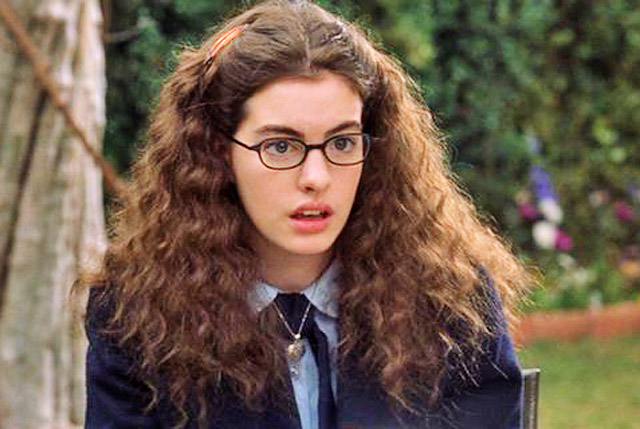

The makeover included: tweezing, hair-straightening, glasses-breaking, and makeup. Voila, now you have a princess. With all this focus on physical appearance (there's an entire makeover scene for crying out loud!), the ending message of the movie, which I never caught on to as a young girl, obviously faded into obscurity. This message, ironically, is to "be yourself."
In the last scene, (spoiler alert) Mia decides to officially accept her role as Princess of Genova. However, her last minute decision followed a plan of running away from these duties. In escaping, Mia left in a hoodie, tee, jeans, and Docs and found herself, just as the top of her convertible decides to break, in the middle of a San Francisco downpour. Therefore, her appearance at the royal ball, dripping wet in non-couture and sporting the shoes her grandmother had made her swap for black pumps on Day 1, proved that the appearance doesn't make the princess, but her personality within. However, the message came a bit too late. For eighteen years prior, I thought the message was "you can't be cool unless you look like everyone else."
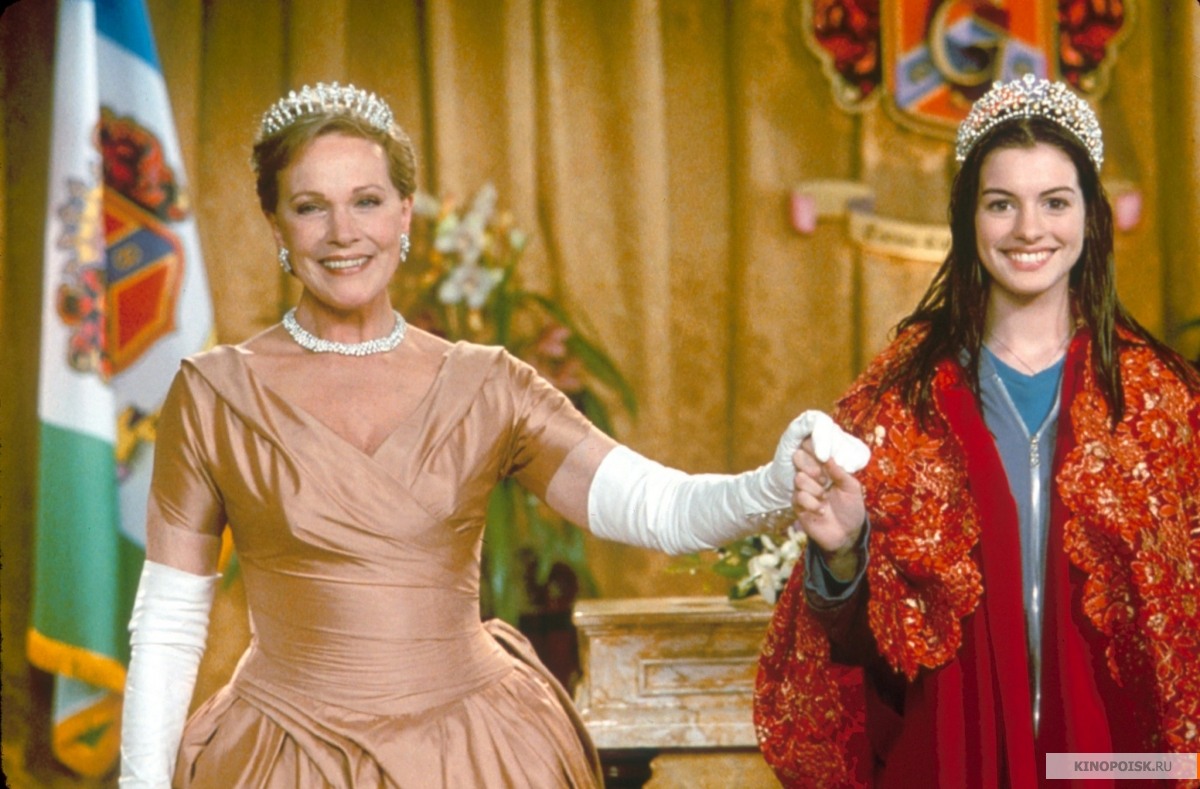
So far, we've seen Disney's standard of beauty to consist of:
- straight hair
- good brows
- no glasses

Let's add:
- Big eyes

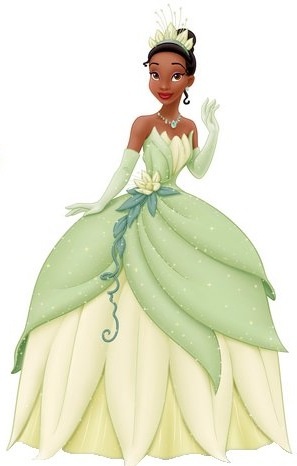
And most blatantly obvious:
- the "ideal" female physique


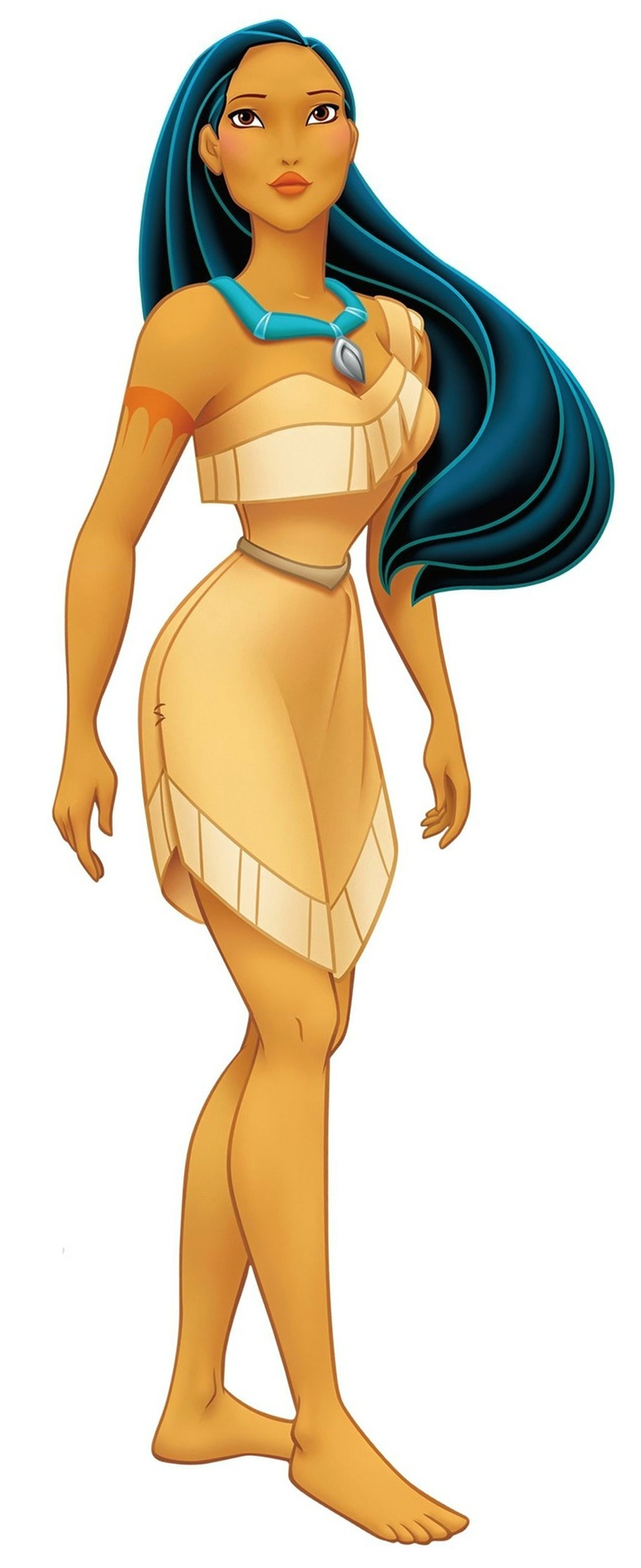
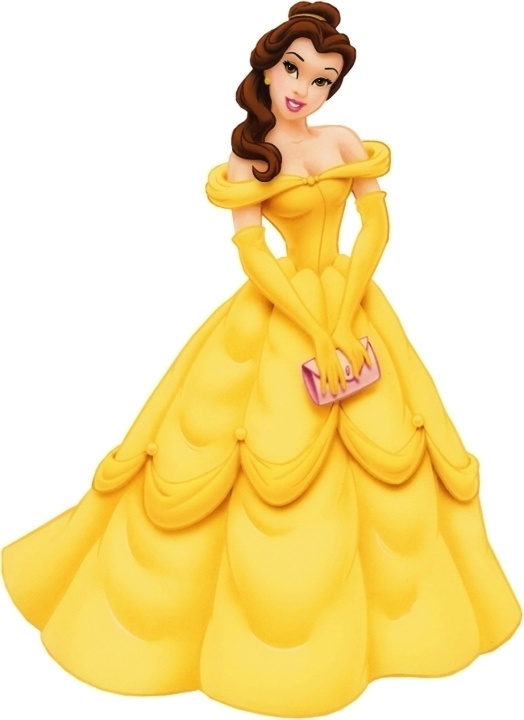

This physique is:
- petite
- thin, but athletic and toned
- curvy (perky chest and lifted butt)
I feel brainwashed by the Disney standard.
I feel victimized by the notions hidden behind these images.
No, I do not blame Disney. They have every right to exert their artistic style and perpetuate their ideals. And it would be wrong, though I feel urged to do so, to call these notions of beauty "falsified" or "ignorant." However, I am not one on board with those commanding Disney to produce movies staring "normal" girls.
There's no such thing as "normal"
Many push the issue that "Disney does not portray normal girls." However, what is a normal girl? "Normal," though often interchanged with this idea, does not mean "average." Let's say the Disney girl standard body type is 5'8, has a waist size of 24, and wears a dress size of 2. Google says, "Today, the average American woman is 5'4, has a waist size of 34-35 in, with a dress size of 12-14." So, Disney portrays a woman of these dimensions. It's a win for the "average woman." Yet, once again, women are alienated. The girl who's just naturally thin and curveless. The disabled child. The girl who's plus-size. Anyone not fitting this standard must wait for another image revolution.
Embrace the diversity. Know beauty when you see it.
If we can't change their perception of beauty, we ought to damn well train ourselves out of the notion of "the standard of beauty." Let's face it. There are no real standards of beauty. There is no "normalcy" in terms of how a body should be shaped or a face should appear.
Disney trained my eyes to see beauty in one type of girl. It's up to me to decide whether I want to expand this perception of beauty.
I do.
I want real beauty. I see girls too thin to fill their A-cup bras just as beautiful as those with the silhouettes of classic pin-up girls. Curly, straight, frizzy hair. Any color. Any eye shape.
I don't want to perpetuate an ideal anything. I hope someday, my eyes will see beyond preconceptions. I want to challenge the standard of beauty.


Because everyone is different.
Sure, the media presents ads with "perfect lashes," "perfect skin," "perfect outfits," "perfect bodies" etc. etc. etc.
These images are perfect. They're not real. It's hard not to get hooked into the cult of perfection when it's all around us. We live in a world of images. It's the digital age. And this constant influx of ideals and standards, especially regarding beauty, confuse the mind, change the perception, and its too easy to get sucked into striving for a fantasy. The media wants us to reach for these unattainable physical standards because advertisers prey on girls' insecurities. If there appears to be this collective need as a society for girls to look a certain way, marketers can easily sell products to "help" women achieve "the look." We can only be accepted if we fit the mold. We desire these products because we want to be desired. Market manipulation gets really scary if you think about it too much.
Which is why I support marketers who want more than profits.
I'm a huge fan of Aerie, the lingerie branch of American Eagle Outfitters, which began a campaign which celebrates "real" beauty. No filters or photoshop. These are natural photos are of women embracing their unique bodies.


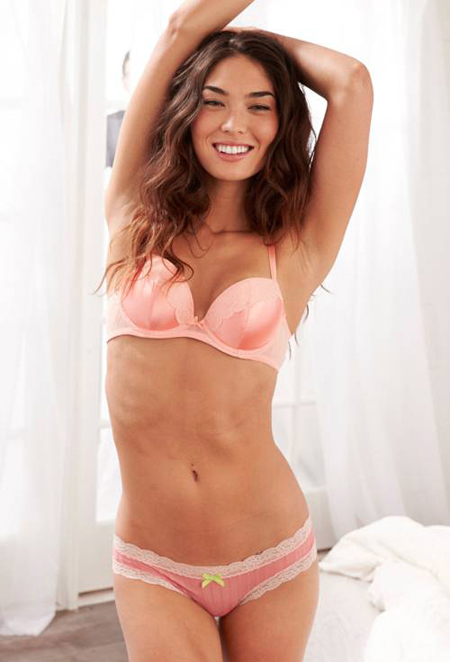
We need to get these kind of messages out: that beauty cannot be standardized, that any girl should feel beautiful in her own skin, that no one deserves to be criticized for the shape of her body, that though many remain closed-minded on their perception of beauty, slowly people are beginning the realize the meaning behind the statement "beauty is in the eye of beholder" and that the definition of beauty can encompass everyone if we let it.
No comments:
Post a Comment